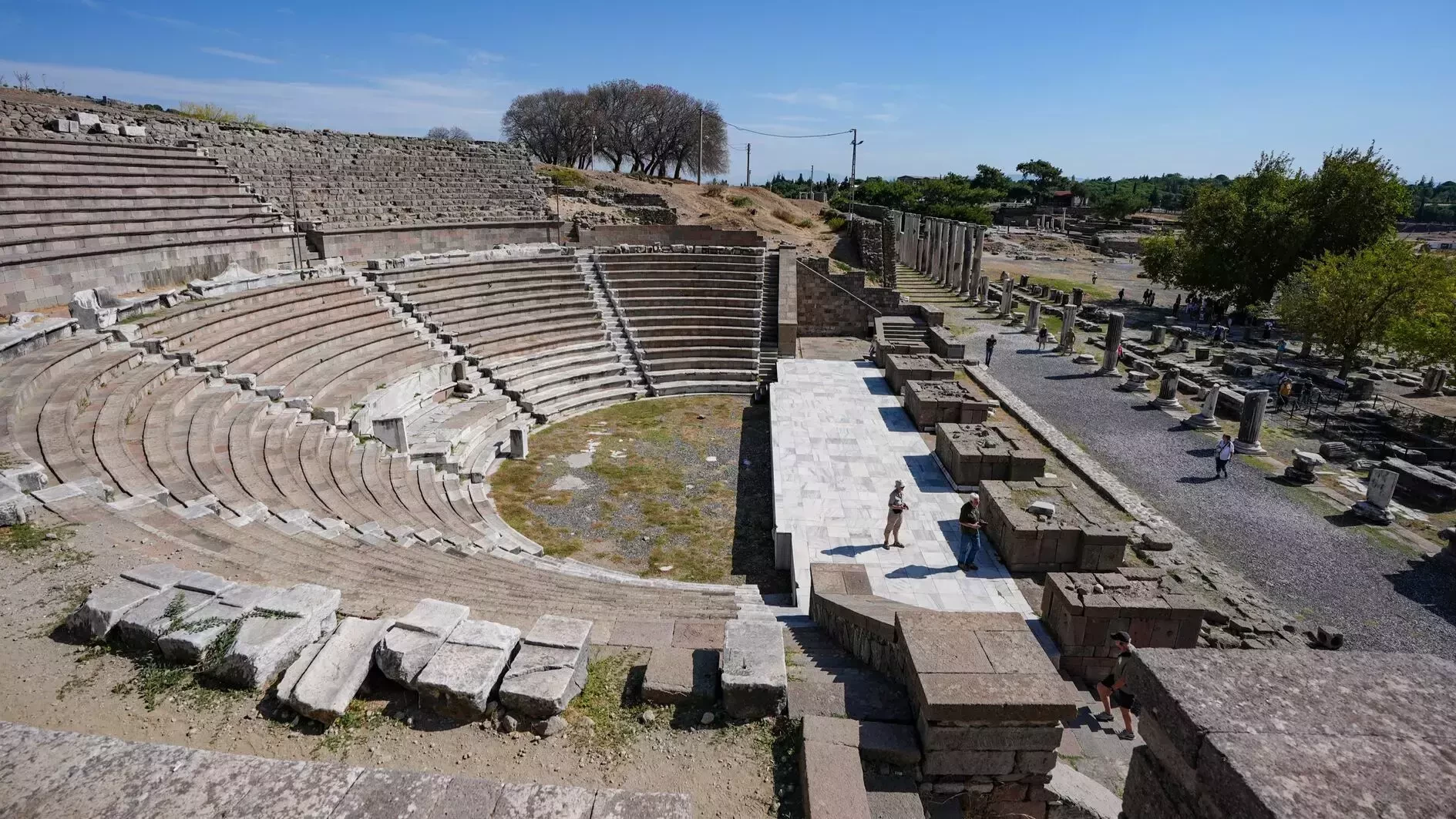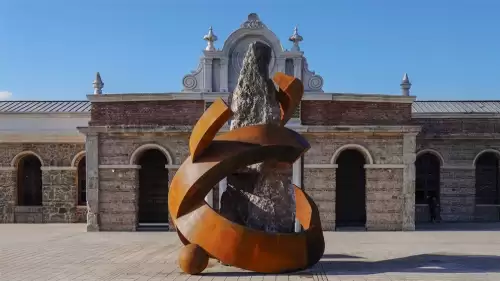Reviving the Ancient Tradition of Hammams in Turkey
Centuries ago, hammams played a crucial role in Ottoman society, offering a communal space for people to cleanse, socialize, and celebrate. While the popularity of hammams waned in Turkey with modernization, efforts are underway to restore and preserve these historical bathhouses.
Zeyrek Cinili Hammam: A Glimpse into Ottoman History
Last year, the Zeyrek Cinili Hammam, a 500-year-old marvel constructed by the famed Ottoman architect Mimar Sinan, reopened its doors to the public following a meticulous 13-year restoration process. This iconic site not only serves as a functioning hammam but also houses a museum showcasing its rich history and the traditional Ottoman bathing customs.
Uncovering Hidden Treasures Beneath the Hammam
During the restoration of Zeyrek Cinili Hammam, archaeologists unearthed around 3,000 missing tiles, shedding light on the origin of the hammam's name, "Cinili," meaning "covered with tiles" in Turkish. The discovery of Byzantine cisterns beneath the hammam further emphasizes the historical significance of this architectural masterpiece.
The Cultural Significance of Hammams
In ancient times, bathing rituals symbolized not only physical cleanliness but also spiritual purity. Hammams were not just places for hygiene but also served as social hubs for various ceremonies and celebrations, reflecting the profound cultural importance of communal bathing practices.
Preserving Heritage for Future Generations
Efforts to restore and repurpose historical hammams in Istanbul aim to safeguard cultural heritage and pass down traditions to upcoming generations. By revitalizing these ancient bathhouses, the city continues to honor its rich history and architectural legacy.
Continuity of Tradition Amidst Modernization
While the popularity of hammams among locals has declined, these traditional spaces still attract a significant number of tourists seeking an authentic cultural experience. The blend of historical significance and modern amenities in hammams offers a unique way to unwind and connect with Turkey's heritage.
Preservation Efforts and Public Interest
Restoration projects like the Zeyrek Cinili Hammam and Beyazid II Hammam highlight the growing interest in preserving Turkey's architectural legacy. The stories of these ancient bathhouses, intertwined with historical events and personal memories, continue to captivate visitors and locals alike.
Modern Appeal of Traditional Hammams
Despite the evolution of bathing practices, hammams remain relevant for relaxation and rejuvenation. The allure of indulging in a traditional hammam experience, complete with massages and rituals, attracts a diverse clientele, including celebrities and international visitors.
Looking to the Future
As hammams evolve to meet contemporary demands, the essence of these cultural landmarks endures. Balancing tradition with modernity, hammams in Turkey offer a glimpse into the past while adapting to the needs of present-day patrons, ensuring their legacy lives on for generations to come.
















